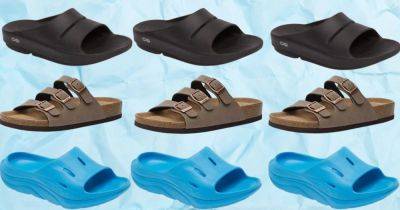The Best Portable AC Units That Don't Go In Your Window
HuffPost receives compensation from one or more retailers on this page, and HuffPost and its publishing partners may also receive a commission for purchases made via links. Every item is independently curated by the HuffPost Shopping team. Prices and availability are subject to change.
After years of sticky summers in small city apartments, my childhood memories of air-conditioned houses started to feel more and more distant. Living in buildings with small, oddly-shaped windows or even no exterior ventilation to hold a traditional box-shaped window unit had tarnished my dream of ever having my own AC. Then I learned about portable stand-alone units. They’re air conditioners that you don’t put in your window, so they’re perfect for apartments, basements, attics, hallways and any other place that gets too freakin’ hot.
There are two main types of stand-alone air conditioners. One is a portable unit that typically sits on the floor and is equipped with a hose that ventilates hot air out of a window or opening, similar to a traditional window AC. Units of this type often also function as dehumidifiers, pulling heat and moisture from the air, compressing it with the internal motor, and then recirculating cooler, drier air into the space. They’re better suited for humid climates, and tend to cost around $300-500.
The other main type is evaporative. These units are lined with moisture-soaked membranes that add humidity to the surrounding air. They use an internal fan and tank of cold water and ice to send cold, moist air into a room. According to the U.S. Geological Survey, they work best in dryer areas with lower humidity and higher heat, namely the West, Southwest and Pacific Northwest. These tend to be cheaper than







